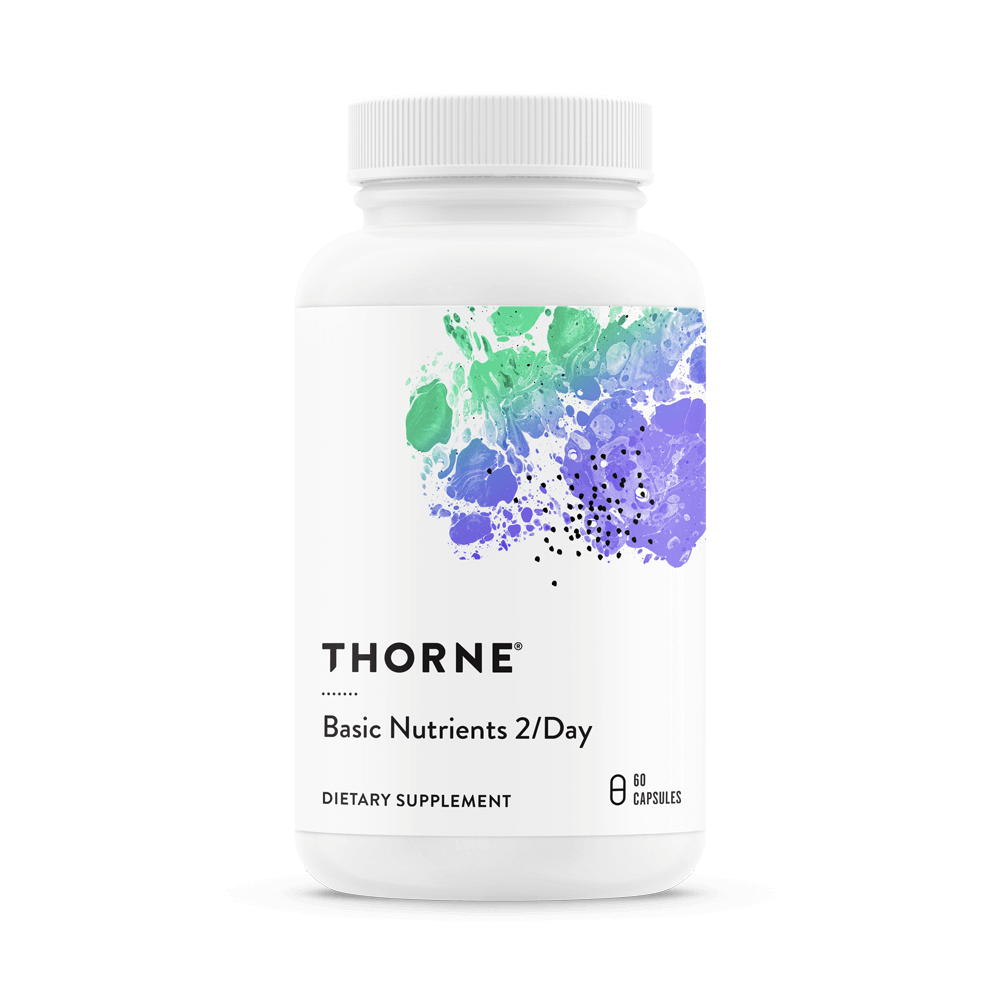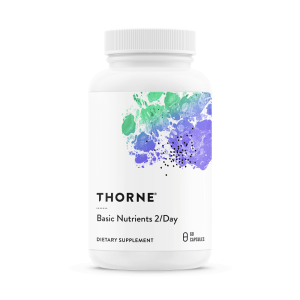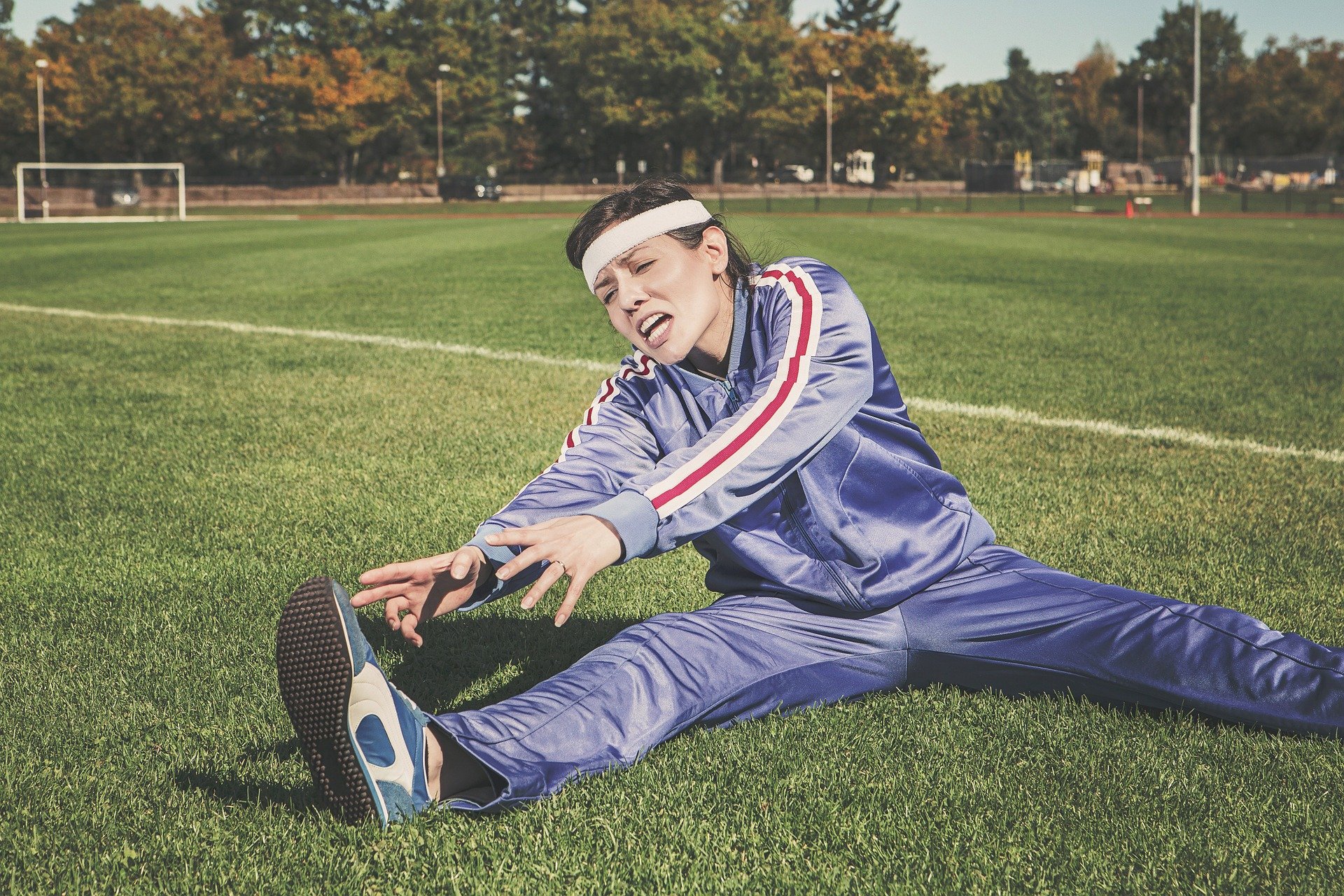Out of all of the fundamental human movements, squatting is probably the one that builds the most athletic capacity, but we also see many injuries from our patients performing their squats incorrectly. If you are capable of squatting really well, then chances are, you can do a lot of other things really well. However, due to our current culture, most people have lost the capacity to squat.
So, today I provide you with three easy steps to improve your squatting pattern.
1. Full Foot
One of the first steps to a great squat is to be able to feel the whole foot when squatting. That means three points of pressure: heel, big toe, and pinky toe, which keeps the weight evenly distributed throughout the whole foot. Keeping these three points of contact, and keeping the weight distributed evenly throughout the foot keeps a proper center of balance of the body throughout the whole squat. It also prevents excessive movement of the spine and knees away from your center of gravity because that would cause your weight too shift too far forward or back causing you to lose one of these three points of contact. Because of this, it helps you initiate the squat with the hips and knees, which is our next point.
2. Hips and Knees Always Moving
The next equally crucial step to a better squat is to always be moving through the hips and knees throughout the squat. This means that one can’t move without the other. The hips and knees need to always be moving simultaneously during the whole squat. On the way down, and also on the way up. This prevents any inappropriate movement elsewhere. If you are moving through the hips and knees at the same time while keeping those three points of contact, it is impossible to move and bend through the lower back, which is a prominent problem in most people’s squat. Bending through the hips and knees allows for a fluid squat with limited movement elsewhere, the weight maintained through the center of the foot, and force constantly being applied straight down into the ground the whole time. That brings us to our last point.
3. Push Down – Limit Frontal Plane Movement
Some of you might be thinking, huh? While others might be like, “yeah, use your legs and push down into the ground. Simple.” However, this is one of the most neglected aspects of the squat. We all know now that if you want to move something in a given direction, you have to put action, or force, in the opposite direction. So, if you want to squat a barbell, kettlebell, or dumbbell up and down, you have to put force down into the ground. One of the problems we see when many athletes come to us is they are constantly trying to pull themselves out of a squat with their backs, rather than using their legs and pushing the ground. If you can constantly think about pushing down into the ground with your legs with those three points of contact we talked about earlier, then you will have a much easier time squatting through your hips and knees.
Another aspect of “pushing down” I want to mention is about limiting frontal plane motion. This simply means limiting the amount of movement horizontally. Often times when we see people squatting we see a lot of horizontal movement of the knee. We often see knees caving in towards each other, or some times we also see athletes wanting to drastically push their knees too far outside of their foot. In order for force to constantly be applied straight down into the ground we need to limit this horizontal movement. Not only is this important in force application, but it’s also important in healthy movement. Too much horizontal movement in the squat, which is primarily a vertical movement, could potentially cause issues at the hip, knee, or ankle. Not saying it will certainly cause issues, but to let the hips and knees move most naturally it is important to limit excessive horizontal movement. Enough horizontal movement to get the knees aligned with the toes is sufficient for proper groove of the femur in the pelvis, and more fluid movement at the hip, but should never be more excessive than that.
If you can maintain three points of contact with the foot, move simultaneously through the hips and knees, and always be conscious of pushing down into the ground with the legs then you are on track for a drastically improved squat. Just like shooting a basketball, squatting is a skill so it needs to be practiced. You can’t just show up one day and think your squat is going to be great because you know a little more information now. Want to be a great squatter, then start practicing everyday!
Read More





